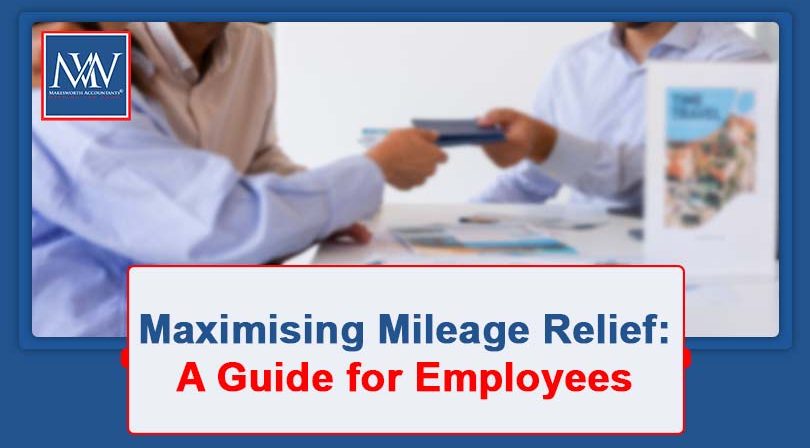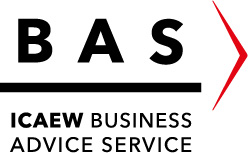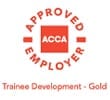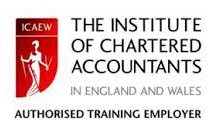
Maximising Mileage Relief: A Guide for Employees
Understanding Mileage Relief
When employees use their vehicle or a company car for business travel and cover the fuel costs themselves, they may be eligible for tax relief. Employers often reimburse these expenses through mileage allowances. However, if the reimbursement is less than HMRC’s approved rates or if no reimbursement is provided, employees can claim tax relief for the difference.
The relief you can claim depends on whether you’re using your vehicle or a company-provided car. Let’s break it down.
Using Your Vehicle for Work Travel
If you’re driving your own car, van, motorbike, or even bicycle for business purposes, you can claim mileage relief using HMRC’s approved mileage rates. These rates are designed to cover more than just fuel—they also include maintenance, depreciation, and insurance.
Here’s how the approved mileage rates look:
| Type of Vehicle | Rate per Mile |
|---|---|
| Cars and Vans | First 10,000 miles: 45p |
| Additional miles: 25p | |
| Motorcycles | 24p |
| Bicycles | 20p |
Example:
Wendy drives her car for business purposes and clocks up 2,100 miles in the tax year. Her employer reimburses her at 30p per mile, which totals £630. Based on HMRC’s approved rate of 45p, the total allowable amount is £945. Wendy can claim tax relief on the difference: £315.
Claiming Relief for Company Car Drivers
If you’re using a company car for business travel and pay out-of-pocket for fuel or electricity, you may still be eligible to claim tax relief, but the rules differ. The standard mileage rates don’t apply here. Instead, you’ll need to keep detailed records of the actual fuel or electricity costs related to business journeys and claim relief on those amounts that your employer hasn’t reimbursed.
How to Make a Claim
Employees can submit a mileage relief claim in several ways:
- Online through HMRC’s mileage relief claim service.
- Self-Assessment tax return (if you’re required to complete one).
- By post using Form P87.
Whichever method you choose, you’ll need to back up your claim with evidence. This includes a mileage log detailing:
- The purpose of each journey
- The starting postcode
- The ending postcode
If you’re claiming for more than one job, make sure you provide a separate mileage log for each employment.
Final Thoughts
Claiming mileage relief is a straightforward way to reduce your tax bill when you’ve incurred travel costs for business purposes. Just ensure your records are accurate, your mileage logs are complete, and your claims reflect HMRC’s current guidance.
Further Reading:
- HMRC: Vehicles You Use for Work
- Legislation: ITEPA 2003, Sections 229 – 232
For more information, Book a Free Consultation
Need Accountancy Support?
For information on bespoke training, or if you have any other questions for Makesworth Accountant, please fill in your details below
















 151
151